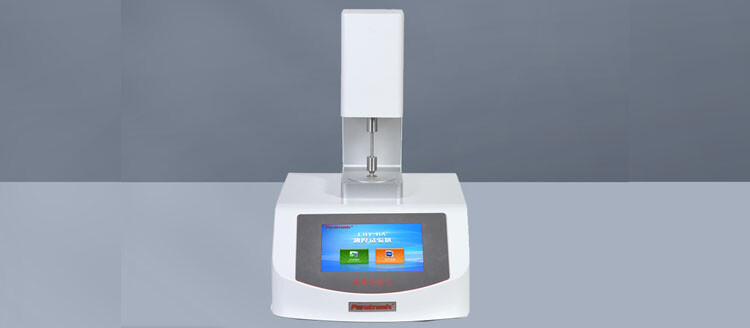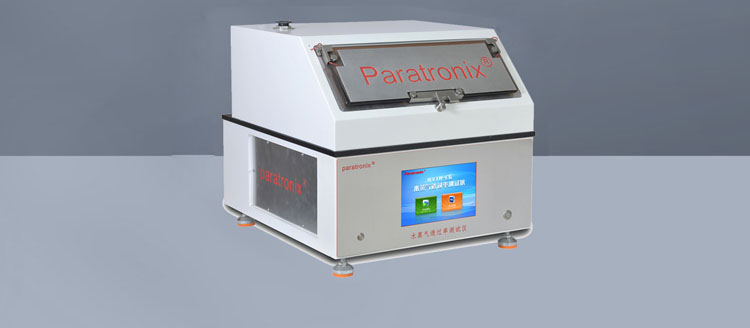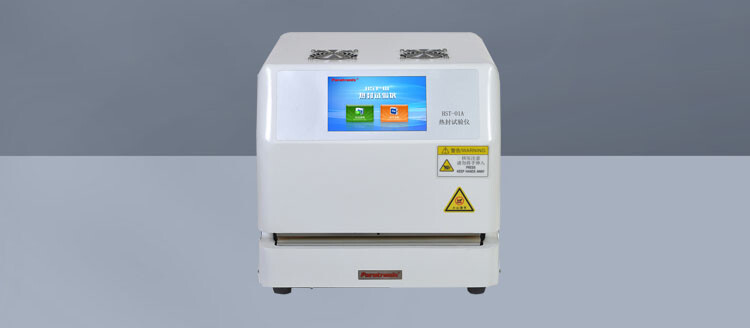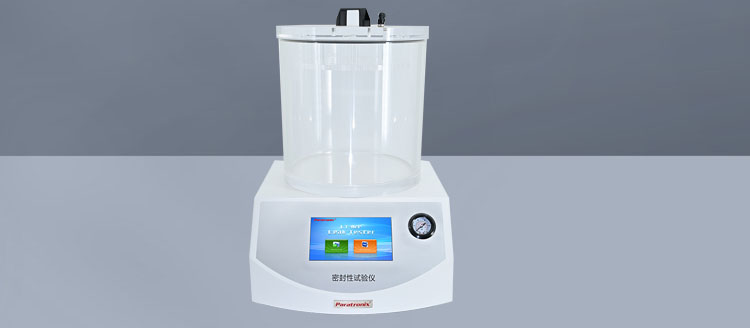Recent Posts
 Maintenance methods for thin film thickness detection instruments2025-12-15
Maintenance methods for thin film thickness detection instruments2025-12-15 Method for detecting the opening tension of food chain self sealing bags2025-12-03
Method for detecting the opening tension of food chain self sealing bags2025-12-03 Packaging industry testing instrument - moisture permeability tester2025-11-26
Packaging industry testing instrument - moisture permeability tester2025-11-26 What testing instruments are used for testing the heat sealing performance of thin films?2025-11-20
What testing instruments are used for testing the heat sealing performance of thin films?2025-11-20 Precautions for using negative pressure seal detector2025-11-10
Precautions for using negative pressure seal detector2025-11-10
Introduction
ASTM E96 is a widely recognized standard developed by the American Society for Testing and Materials (ASTM) that outlines
test methods for determining the water vapor transmission (WVT) properties of materials. This standard is essential in
industries such as packaging, construction, textiles, and medical devices, where controlling moisture permeability is
critical for product performance and durability.
Purpose of ASTM E96
The primary objective of ASTM E96 is to measure the rate at which water vapor passes through a material under specified
temperature and humidity conditions. This property, known as water vapor transmission rate (WVTR), helps manufacturers
assess how well a material can resist or allow moisture passage—an important factor in applications like food packaging,
building insulation, and protective clothing.
Testing instruments:WVTR-C6 Water Vapor Permeability Tester
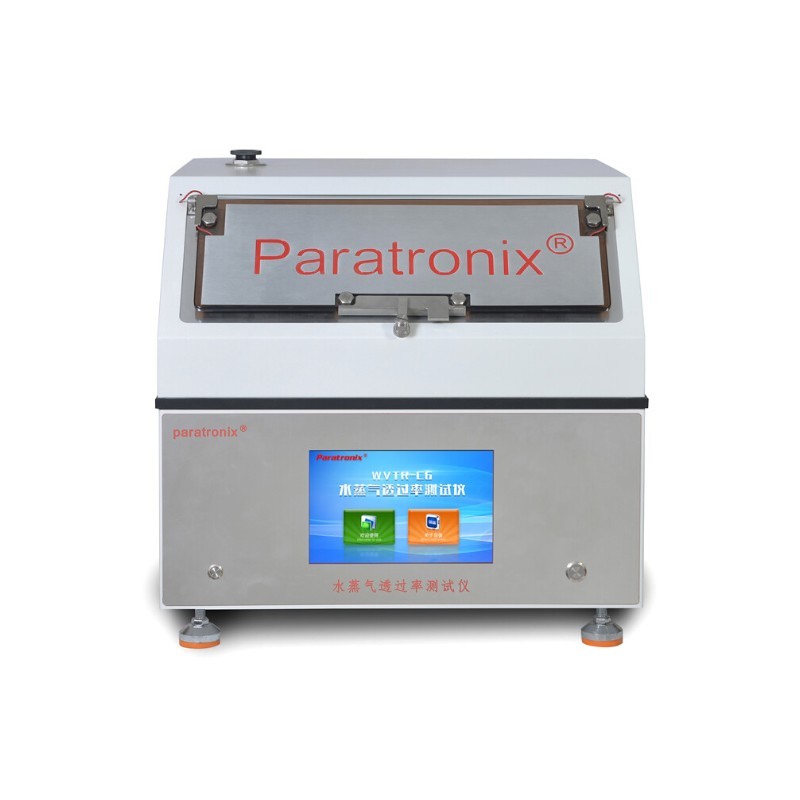
Test Methods in ASTM E96
ASTM E96 provides two principal test methods:
Desiccant Method (Dry Cup)
The test specimen is sealed over a dish containing a desiccant (drying agent) and placed in a controlled-humidity environment.
Water vapor moves from the humid chamber through the material into the dry desiccant.
The weight gain of the dish over time determines the WVTR.
Water Method (Wet Cup)
The dish is filled with distilled water, and the specimen is sealed over it.
The assembly is placed in a dry environment, and water vapor passes through the material into the surrounding air.
The weight loss of the dish is measured to calculate the WVTR.
Each method is suited for different material types, depending on whether the material is more permeable to moisture from a
humid or dry environment.
Key Factors Influencing Test Results
Several variables can affect the accuracy of ASTM E96 testing:
Temperature and Humidity – Controlled test conditions are crucial for reproducibility.
Material Thickness – Thicker materials generally exhibit lower WVTR.
Sealing Integrity – Any leaks in the test setup can lead to inaccurate results.
Airflow – Stagnant vs. moving air can influence vapor transmission rates.
Applications of ASTM E96 Testing
Understanding WVTR through ASTM E96 helps in:
Packaging – Ensuring moisture-sensitive products (e.g., food, pharmaceuticals) remain protected.
Construction – Evaluating building materials like vapor barriers and insulation for energy efficiency.
Textiles – Assessing breathability in fabrics for sportswear and medical garments.
Electronics – Preventing moisture damage in sensitive electronic components.
Conclusion
ASTM E96 is a critical standard for evaluating water vapor transmission in materials, providing essential data for product
development and quality control. By selecting the appropriate test method and maintaining strict testing conditions,
manufacturers can optimize material performance for various applications.
For more detailed procedures, refer to the latest version of ASTM E96 from the official ASTM International website.
Leave A Reply
Search by Keywords

